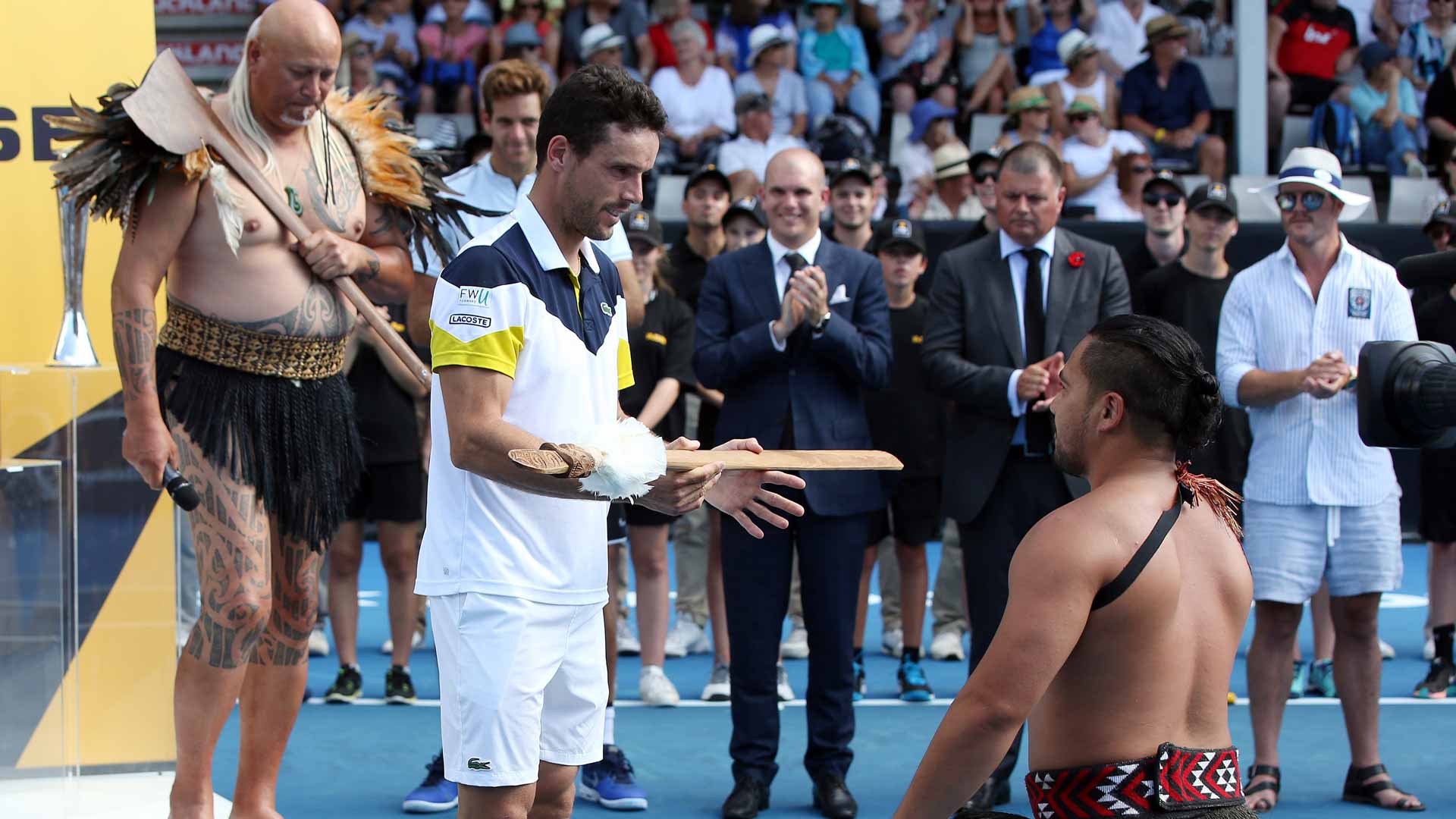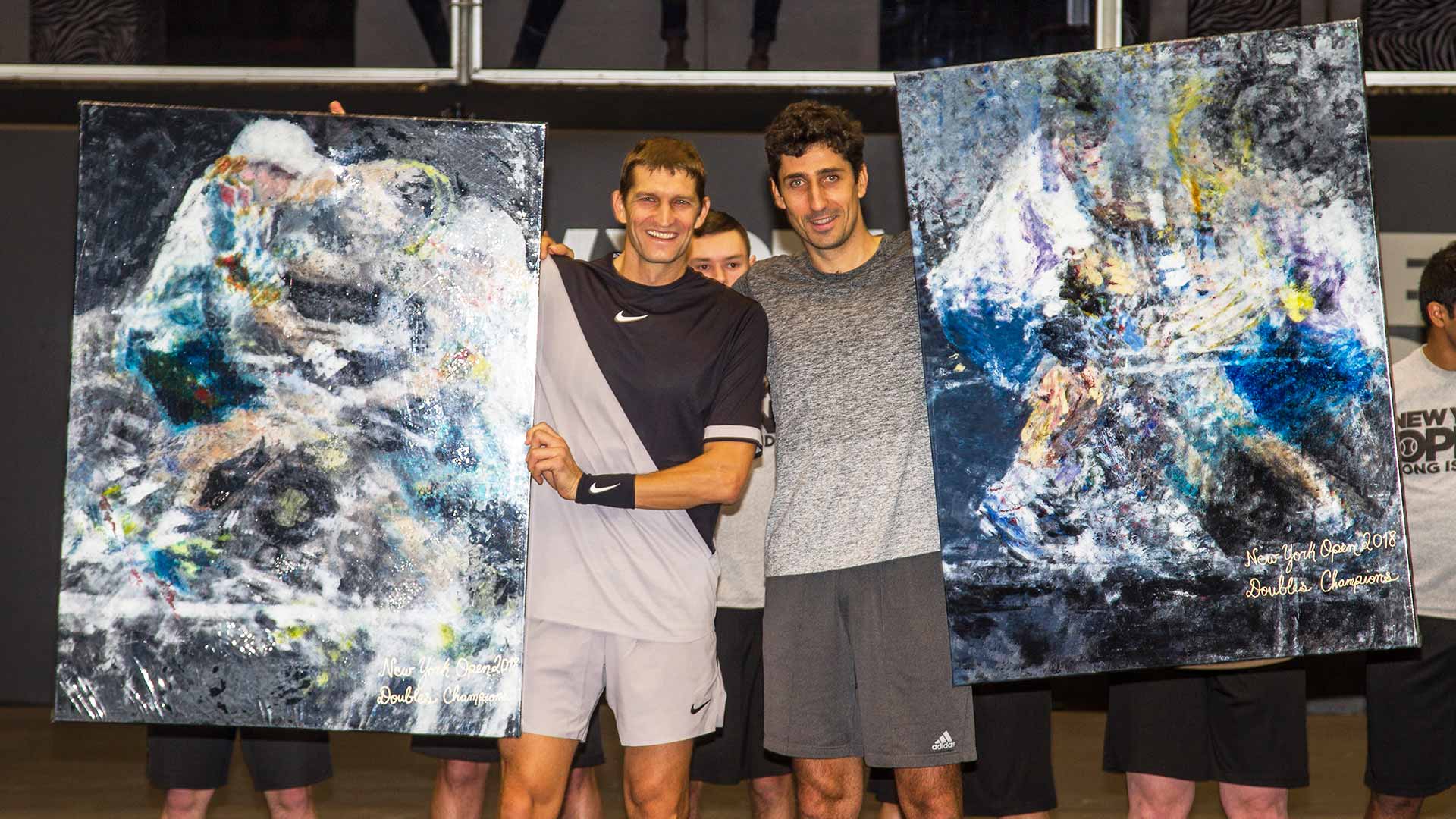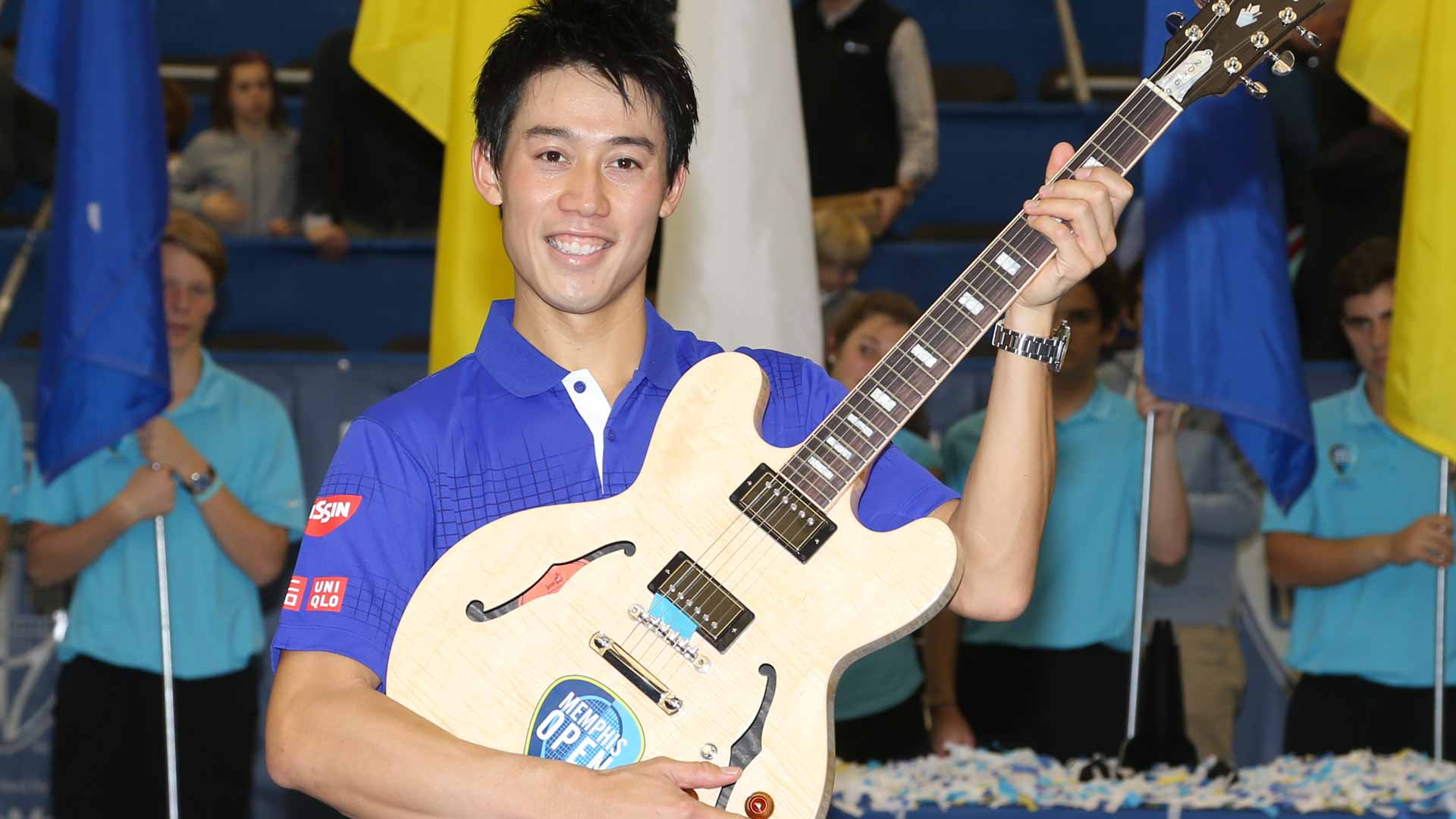Lukasz Kubot's Return: 'He's Going To Put Your Partner In The Hospital'
Lukasz Kubot’s Return: ‘He’s Going To Put Your Partner In The Hospital’
In the ATP’s ‘Ultimate Doubles Player’ series, top doubles players only agreed unanimously on who has the best shot for one stroke or skill: Lukasz Kubot being the best aggressive returner. The Pole strikes fear into opponents with the way in which he attacks returns.
“There are guys going pedal to the metal like a Lukasz Kubot, Filip Polasek as well,” former World No. 1 Jamie Murray said. “It’s go big or go home. I’ve faced a few Kubi bombs in my time, as I’m sure my partners have as well.”
When a returner goes after the ball, it could instantly turn the point in his team’s favour. Not only do net players have almost no time to react, but the server could be forced to hit a low volley off a rocket return from deep in the court. The world’s best say Kubot takes that to the extreme.
Below, they explain how and why he is so good at it.
Rajeev Ram
“I feel like my serve is one of my strengths and when I step up to the line against Lukasz and he’s having a good day, you just feel like there’s nowhere to serve where he can’t hit a winner. He can hit a forehand winner or backhand winner and it comes at 100 miles per hour every single time. It feels like it comes faster than your serve goes sometimes. It’s just a really intimidating feeling, because you feel like if you hang your serve a little bit, he’s going to put your partner in the hospital.”
Raven Klaasen
“The way he returns is to go overly aggressive and to almost start and end the point at the same time. If he connects, it’s probably going to be on his racquet and he takes your racquet out of your hand a little bit. To be quite honest, if you put it in the wrong spot, your net partner could be in a heap of trouble up there. It’s pretty scary.”
Marcelo Melo (Kubot’s partner)
“I have to say Kubi because if I don’t say anything for Kubi he’s going to kill me. Kubi’s very good on return. I will pick Kubi as [my] aggressive [returner] because when he’s on, everybody knows how dangerous he is. He can return cross-court, down the line. Players are normally afraid to make the volley or be on the net when he returns.”
Jurgen Melzer
“When he’s on, you never know where to serve, because bombs are coming back on both sides. It’s very difficult to play him.”
Joe Salisbury
“He’s definitely got the most dangerous return. I think when he’s on, you feel like there’s nothing you can do with your serve. You have to hit 130 miles per hour on the line to get it past him. Whenever he makes one, he’s winning the point.”
Jamie Murray
“You know it’s coming and a lot of times he might miss, but it’s that fear factor, and especially on a big point. When you feel like it can be totally taken out of your hands with just one swing of the racquet, that’s not a good feeling to have.”
Filip Polasek
“He can hit the ball by far the fastest and when he connects with the ball, it’s really tough to have the answer for it. When he’s on fire, he’s definitely the best returner.”
Ken Skupski
“When he’s feeling it, when he’s trying to be aggressive, in the big moments he’s looking to influence the point the most. He is the guy that I think is very difficult to guarantee if you put a big serve in that he’s not going to come out swinging and go for broke and potentially come up with a huge shot and take the point away from you.”
Neal Skupski
“He takes good, big cuts at the ball and it just puts you under pressure straight away. He’s very intimidating.”




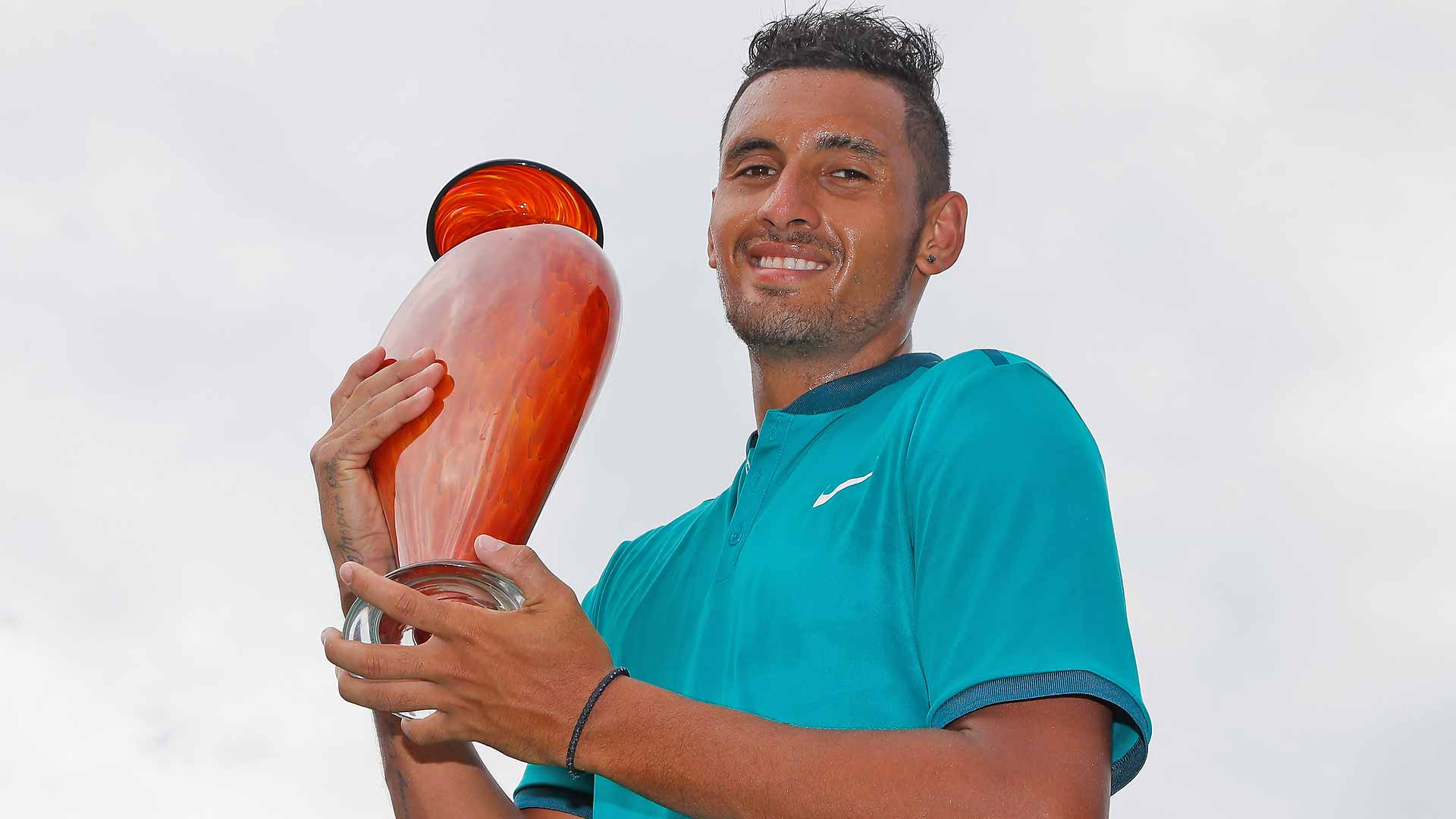 Nick Kyrgios” />
Nick Kyrgios” /> Novak Djokovic” />
Novak Djokovic” />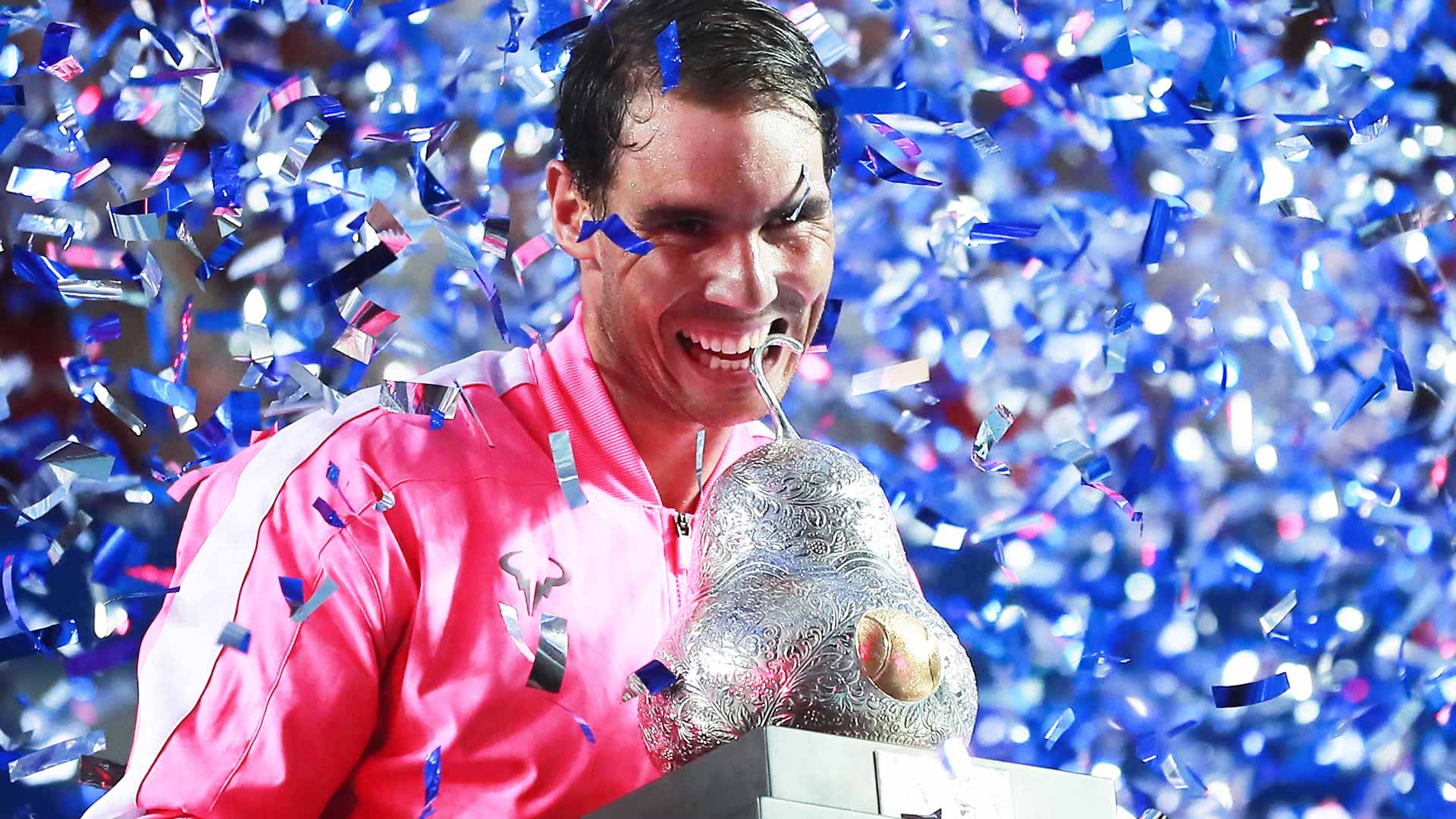
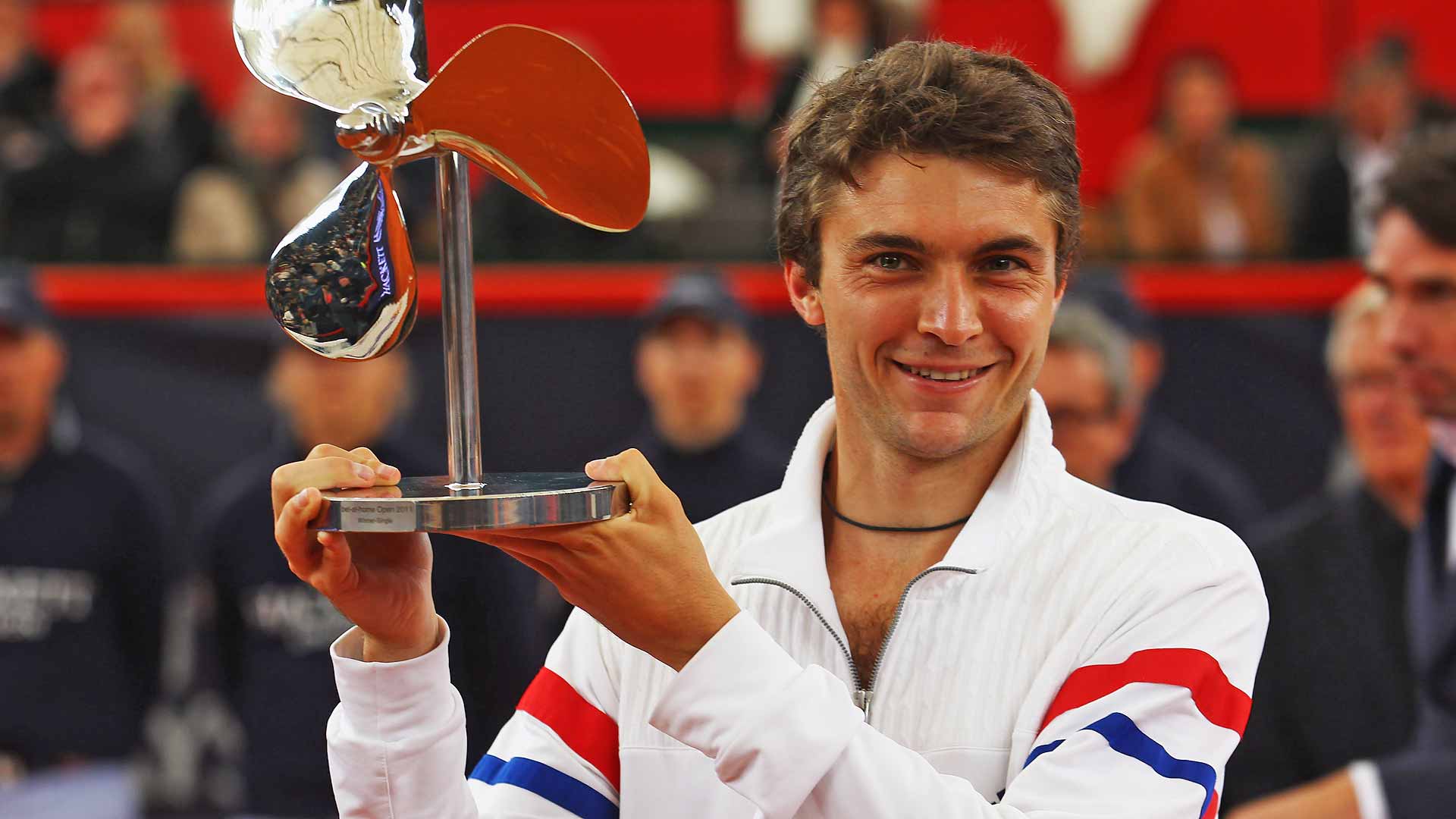 Gilles Simon” />
Gilles Simon” />